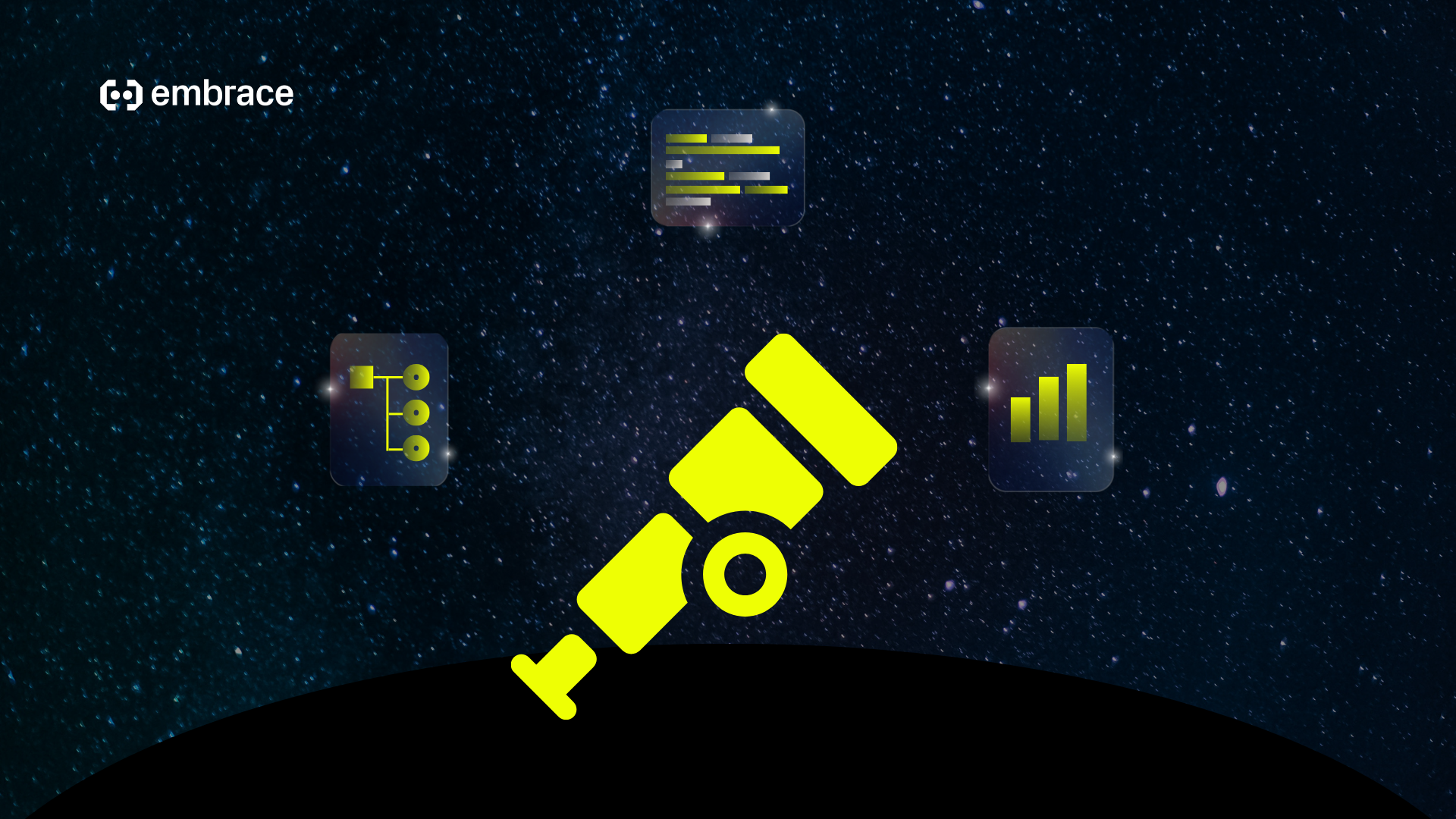What Is OpenTelemetry?

This article explores what OpenTelemetry is, why it matters for observability, its core components, and how it is applied in real-world scenarios.
Understanding what OpenTelemetry is is essential for anyone interested in modern application observability. As software systems grow in complexity, the need for robust, standardized monitoring tools becomes increasingly important. OpenTelemetry has emerged as a leading open-source framework that enables developers and organizations to collect, process, and export telemetry data—such as traces, metrics, and logs—from their applications. This article explores what OpenTelemetry is, why it matters for observability, its core components, and how it is applied in real-world scenarios.
What is OpenTelemetry and why it matters for observability
OpenTelemetry is an open-source observability framework designed to provide a unified standard for collecting and transmitting telemetry data from applications. It is a project under the Cloud Native Computing Foundation (CNCF) and is the result of merging two earlier projects: OpenTracing and OpenCensus. The primary goal of OpenTelemetry is to make it easier for organizations to gain deep visibility into their systems, regardless of the underlying technology stack.
Observability refers to the ability to understand the internal state of a system based on the data it produces. In today’s distributed and cloud-native environments, traditional monitoring tools often fall short. OpenTelemetry addresses this gap by offering a vendor-neutral, extensible solution that supports a wide range of programming languages and platforms. By standardizing how telemetry data is collected and transmitted, OpenTelemetry empowers teams to:
- Detect and diagnose issues faster
- Optimize application performance
- Ensure reliability and uptime
- Reduce vendor lock-in by supporting multiple backends
For people working in global tech teams or managing distributed applications, adopting OpenTelemetry can streamline compliance, improve cross-border collaboration, and enhance the overall reliability of mission-critical systems.
If you’re looking for a seamless way to integrate OpenTelemetry into your mobile applications, explore our OpenTelemetry mobile integration solution.
Core components: traces, metrics, logs, and spans explained
To fully grasp what OpenTelemetry is, it’s important to understand its core components. OpenTelemetry organizes observability data into three primary categories: traces, metrics, and logs. Each plays a distinct role in providing a comprehensive view of application behavior.
Traces
Traces represent the journey of a request as it moves through various services and components within a distributed system. They help visualize the flow of operations, making it easier to pinpoint bottlenecks or failures. A trace is composed of one or more spans.
Spans
A span is a single unit of work within a trace. It contains information such as the operation name, start and end timestamps, and contextual metadata. Spans can be nested, allowing you to see how different operations relate to each other within a trace. For example, a span might represent a database query or an API call within a larger user request.
Metrics
Metrics are numerical measurements that provide insight into the health and performance of your system. Common metrics include request latency, error rates, and resource utilization (CPU, memory, etc.). Metrics are typically aggregated over time, enabling trend analysis and alerting.
To get deeper insights into your application’s performance, check out our app performance monitoring tool.
Logs
Logs are timestamped records of discrete events that occur within an application. They provide detailed context for specific actions, errors, or state changes. When combined with traces and metrics, logs offer a granular view that aids in root cause analysis.
By integrating these components, OpenTelemetry delivers a holistic observability solution. This unified approach simplifies troubleshooting, enhances performance monitoring, and supports proactive system management. For a complete solution that brings together these observability pillars for modern mobile environments, see our modern mobile observability tool.
Common use cases and real-world applications
OpenTelemetry’s flexibility and extensibility make it suitable for a wide range of use cases across industries. Here are some common scenarios where OpenTelemetry delivers significant value:
Distributed Tracing in Microservices
Modern applications often rely on microservices architectures, where a single user request may traverse multiple services. OpenTelemetry enables end-to-end tracing, helping teams visualize request flows, identify latency hotspots, and optimize service interactions.
Performance Monitoring and Optimization
By collecting metrics such as response times, throughput, and error rates, OpenTelemetry allows organizations to monitor application performance in real time. This data supports capacity planning, resource allocation, and continuous improvement initiatives.
Incident Response and Root Cause Analysis
When issues arise, combining traces, metrics, and logs provides a comprehensive dataset for rapid diagnosis. OpenTelemetry’s standardized data collection accelerates incident response, reducing downtime and minimizing business impact.
For advanced troubleshooting and faster issue resolution, learn more about our mobile issue resolution product.
Cloud Migration and Hybrid Environments
For devops managing applications across multiple regions or cloud providers, OpenTelemetry’s vendor-neutral approach simplifies observability in hybrid and multi-cloud environments. This ensures consistent monitoring and compliance, regardless of infrastructure changes.
Regulatory Compliance and Audit Readiness
Comprehensive observability is often a requirement for regulatory compliance, especially in finance, healthcare, and other sensitive sectors. OpenTelemetry helps organizations maintain detailed records of system activity, supporting audit trails and compliance reporting.
In summary, OpenTelemetry is a powerful tool for enhancing observability, improving system reliability, and supporting business objectives in today’s complex digital landscape.
Take the Next Step Toward Comprehensive Observability
Ready to enhance your application’s observability and performance? Discover how OpenTelemetry can transform your monitoring strategy and empower your team with actionable insights. Take the first step toward a more reliable, efficient, and compliant system today.